My journey into photography: Why I’ve chosen Olympus
Hello, my name is Rudi Sørstrønen. I live close to Bergen, on the west coast of Norway – the rainiest city in Norway. Here I live with my better half and two crazy little boys.
Photography is just a hobby of mine, so I make my living working as a rope access technician, mostly offshore on oil rigs.
My journey into photography – ending up with Olympus
So where did it begin – my interest in photography? Well, come to think about it, I’ve always been a very visual person. So images and photography has always fascinated me. I think i bought my first SLR when i was around 18-19 years old. What i really wanted to photograph was skiing and snowboarding that my friends and I were into. Played around with it for some time, but never really got into it.
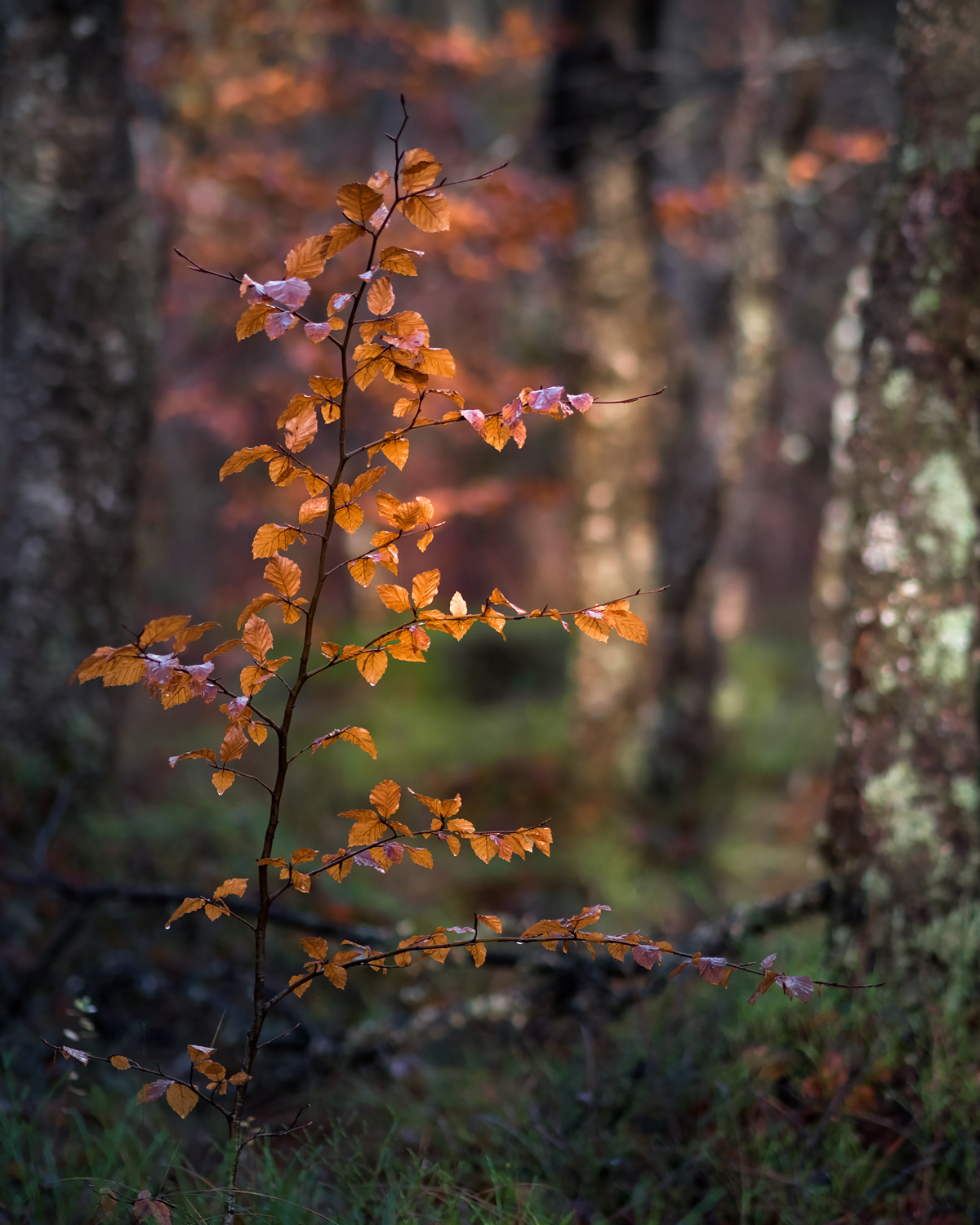
Then the next camera i got was the Canon 350D, one of the first consumer DSLR’s. At this point my friends and I had started rock climbing, ski-touring and going to more steep and rugged terrain. I remember we usually brought our cameras on these trips, and I loved documenting our adventures out in nature. But, this was before social media, so the pictures was mostly for showing them to a couple of friends at home, and of course it’s nice to look back at them now – remembering good times. But again, the interest kind of faded.


It wasn’t before 2013 that the spark for photography ignited again. After working with a colleague who was really into it. I finally understood why my images didn’t look like the ones in magazines and online. Shooting in raw, post processing in Lightroom and Photoshop. Of course this is not all, but often i thought my images had a good composition or story, but were missing something, some punch. He also said that full frame was the way to go, so i went all in and purchased a Canon 6D and a Tamron 24-70 f2,8. Got a new laptop that could handle LR and Photoshop, and bought a tutorial to learn the basics of post processing. This opened so many creative possibilities to me, and made photography fun again. I love being out shooting, but the creative post processing is also part of the fun for me.
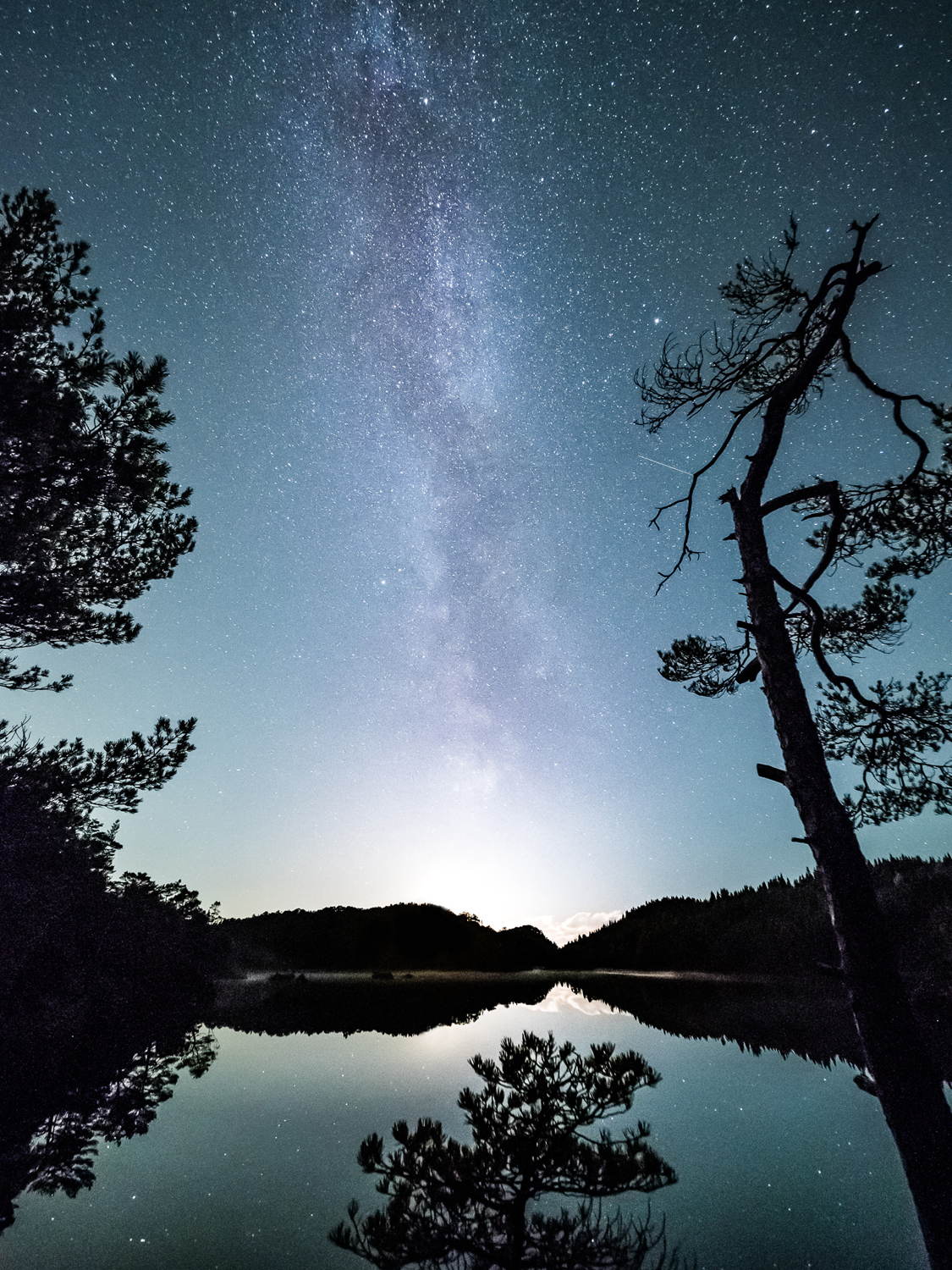
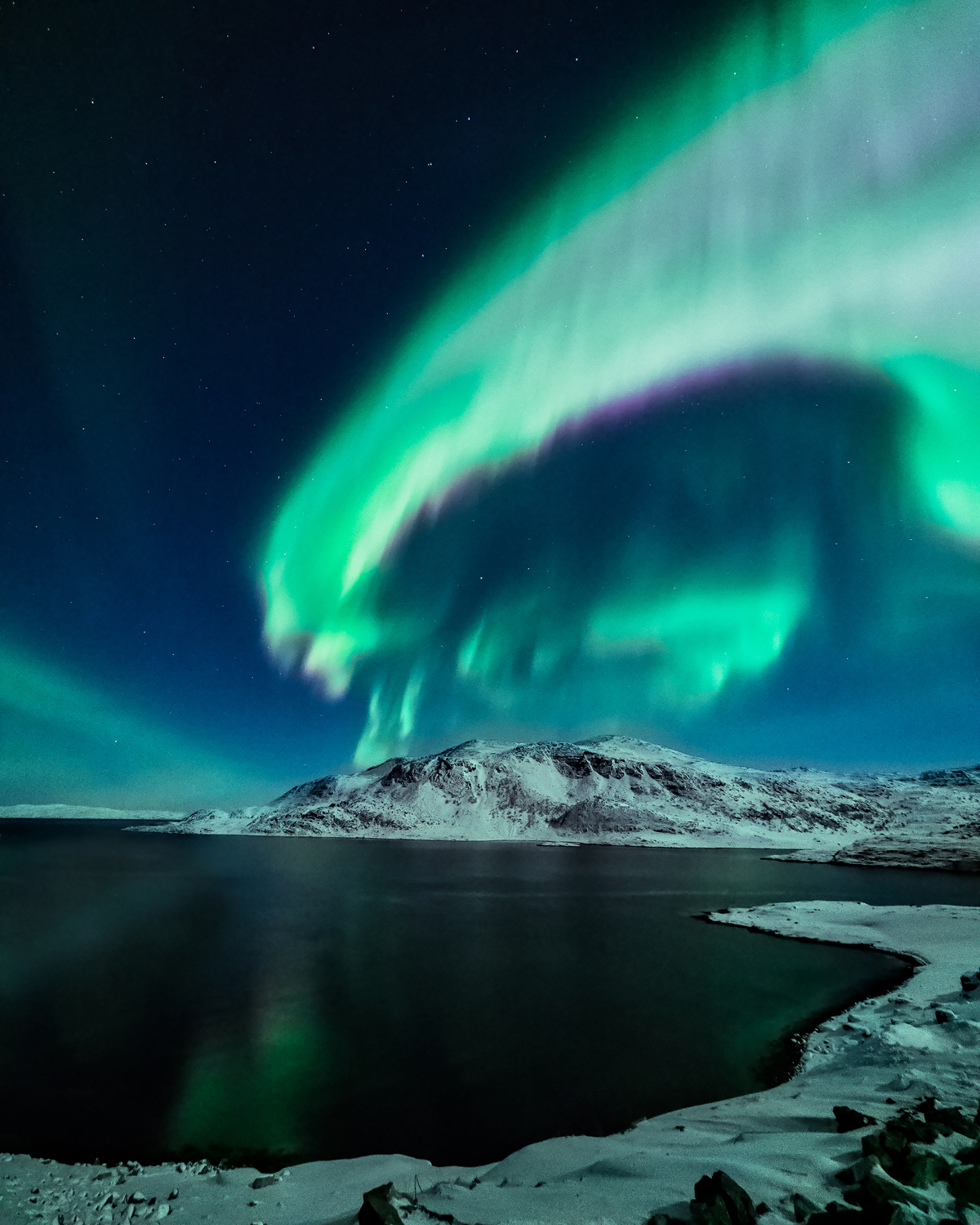
After a few years i recognized that I wasn’t shooting as much as I really wanted. Often because of that big heavy DSLR. I was wondering if i should just buy a smaller point and shoot that i could put in my pocket. But somehow i came across he m43 system and started reading about it, and thought this might be perfect. After some research I sold my full frame gear and bought myself a used Olympus OMD E-M5II with a 25mm f1.8. And then i bought the 12-40mm f2.8 PRO straight away. The reason i went with Oly and not with Panasonic was because of the superb weather sealing. I don’t like to go around worrying about the camera when out and about. It didn’t take much use before I was hooked by the ease of use and the added features on the Olympus camera. EVF, tiltyflipy screen, LiveComp, IBIS etc. Not to forget the superb optics. I had never seen so sharp images straight out of the camera before. After the switch I was shooting more, and having more fun with it than earlier. So here I am 1,5 years after changing systems with two bodies (E-M1mk2 and E-M5mk2), three pro zooms (7-14, 12-40 and 40-150 with mc-14), and two primes (25mm and 75mm both 1.8). Yes, I have GAS (gear acquisition syndrome). But thats all Oly’s fault…
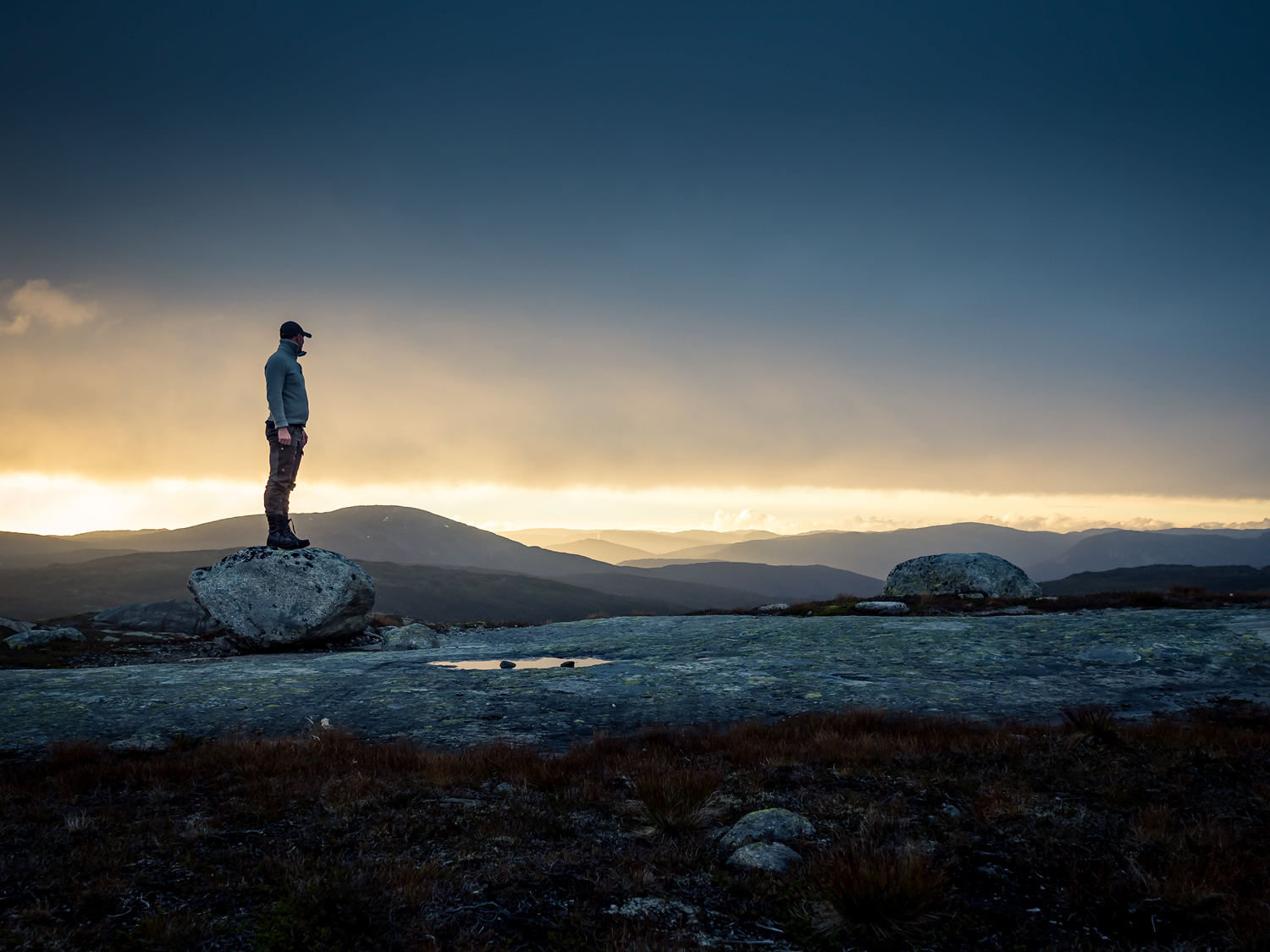

Advantages and the only disadvantage with Olympus
For outdoor photography the obvious advantages of Olympus is of course the lighter system and the superb weather sealing. The only thing that I really miss from my full frame camera is the ability to underexpose and bring back the details in the shadows in post, not to blow out the sky/highlights. Although that is a very popular style these days, i like to have details all through the image. This brings me to landscape photography where the DR is not that important because I usually use a tripod and bracket anyway.
For landscapes there are several things I like about the Olympus cameras. The greater depth of field, the flip out screen, the different live modes(composite, time, bulb), and of course the size, light weight and weather sealing is also important here. Sometimes when the scene doesn’t require bracketing and I don’t bother to take out the tripod, the awesome IBIS helps me a lot.
Overall I think the system has more pros than cons, and that one little thing that i feel is missing (DR), I can live without.
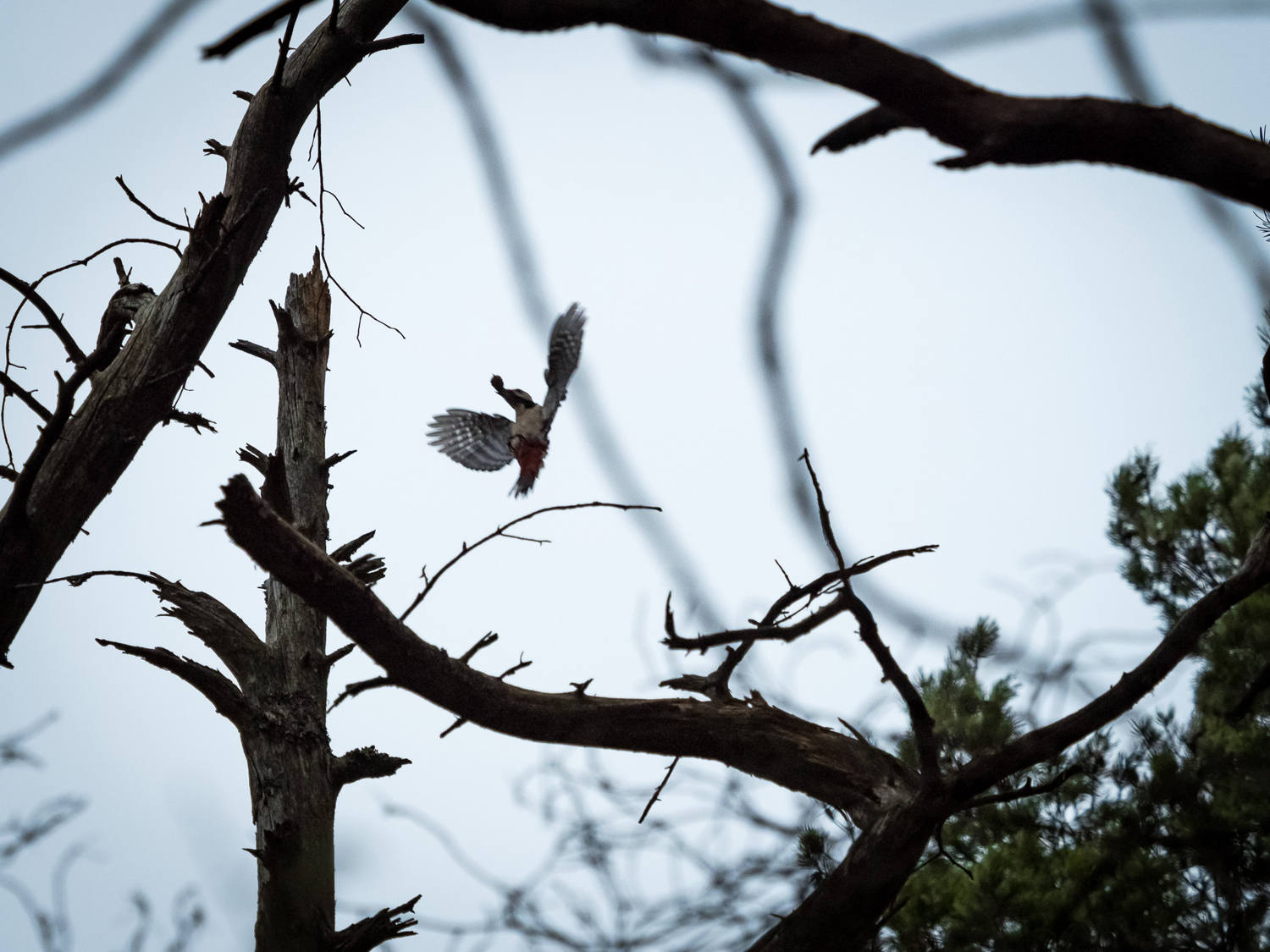
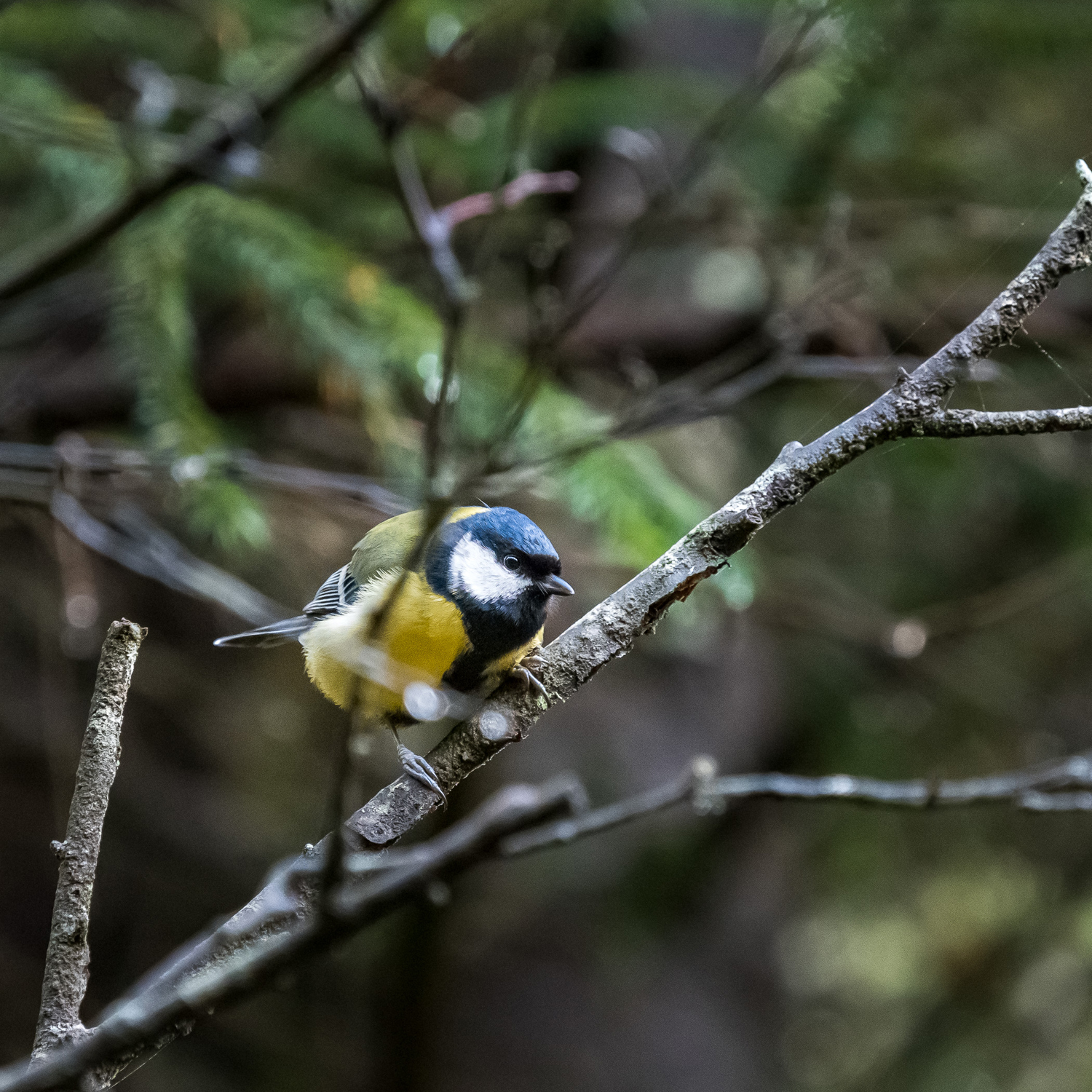
My photography
My photography has always been about nature and the outdoors. Trying to capture and share the beauty, experience and feelings nature gives me. Earlier it was mostly about the experience when I was out climbing, skiing and hiking. But after settling down with my girlfriend, kids and a house, there’s less room for those experiences – so now it’s more about the beauty and feelings through landscape photography. Nowadays I’m mostly shooting landscapes and seascapes within an hours drive from where I live, due to the busy family life and the fact that I’m away from home when I’m at work, so I want to help out at home when I can. I’m also renovating the house, so it hasn’t been easy to find much time for photography the last few years. But this year I’m taking a break from the big projects at home, and hope I will have time for a few photography trips. I have a few ideas of great places to shoot on the west coast of Norway, that isn’t on the bucket list of every other photographer out there. I try to steer clear of those. You get tired of seeing the same shot over and over again on social media – at least I do. So this year, hopefully i will be able to shoot some of those images that I’ve had on my mind for several years now.
Lately I’ve been more into intimate landscapes and the details in nature. As I’m mostly free in the middle of the day, and those grand landscapes often works best during sunrise and sunset, it’s better to focus on the smaller scenes.
My most used lenses for landscapes are the 7-14mm f2.8 PRO and the 40-150mm f2.8 PRO. If I’m bringing only one lens, it’s the 12-40 2.8 PRO, but that’s mostly for hiking trips not dedicated to photography. I also recently bought the 75mm f1.8, and i really like the bokeh and separation it creates with smaller scenes.


Post processing
As mentioned, the post processing is part of the fun for me. And as you might see from my landscape images I can sometimes take it quite far, and they are not for the purists out there. My goal is not to replicate what it looked like in reality (no camera will ever do that anyway), but rather convey a feeling or a vision I had when i took the shot. It all depends on the image. For some landscapes, I might shoot with the intention to work a lot with the image in post, where i will be using bracketing, focus stacking and time blending etc. But sometimes Lightroom is all i need. And when I’m shooting more outdoor/adventure stuff, I try not to go to far, and keep it more “real”.
I’m still learning, and because I like many different styles, I have a hard time keeping the editing consistent. They say that the photographic style is a reflection of the creator. I guess that is quite accurate – this is me: Inconsistent jack of all trades, master of none. But I hope at least some of my images will speak to you.
JOIN US! SUBSCRIBE THE OLYMPUS PASSION MAGAZINE
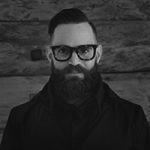
Father, rope access technician and photography enthusiast from Bergen, Norway. With a passion for landscape, nature and outdoor photography he is trying to capture the local landscapes and adventures, in between off-shore jobs and a busy family life.

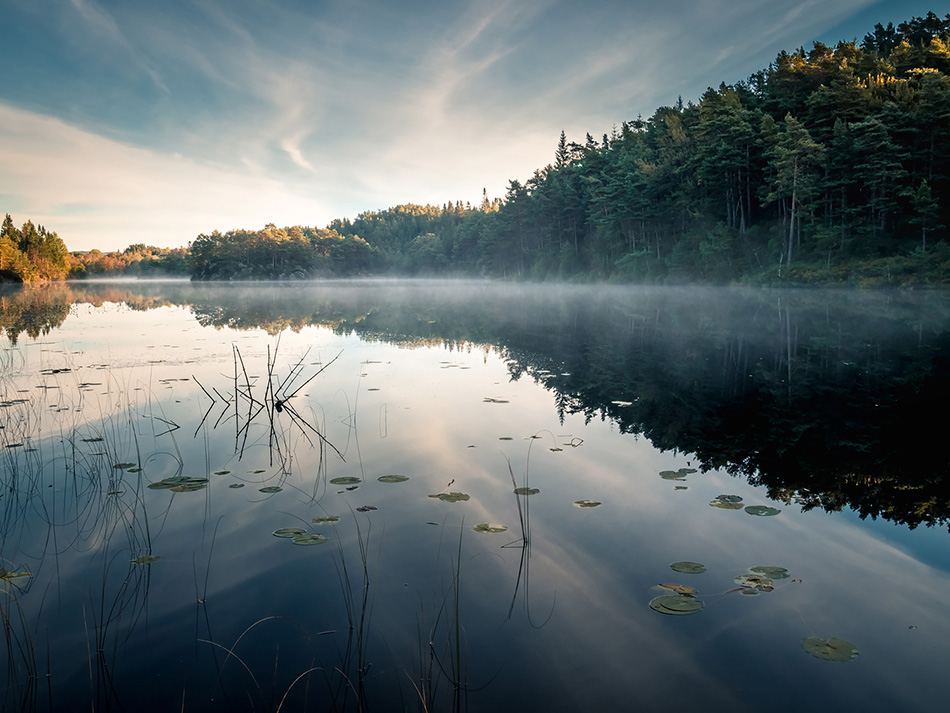

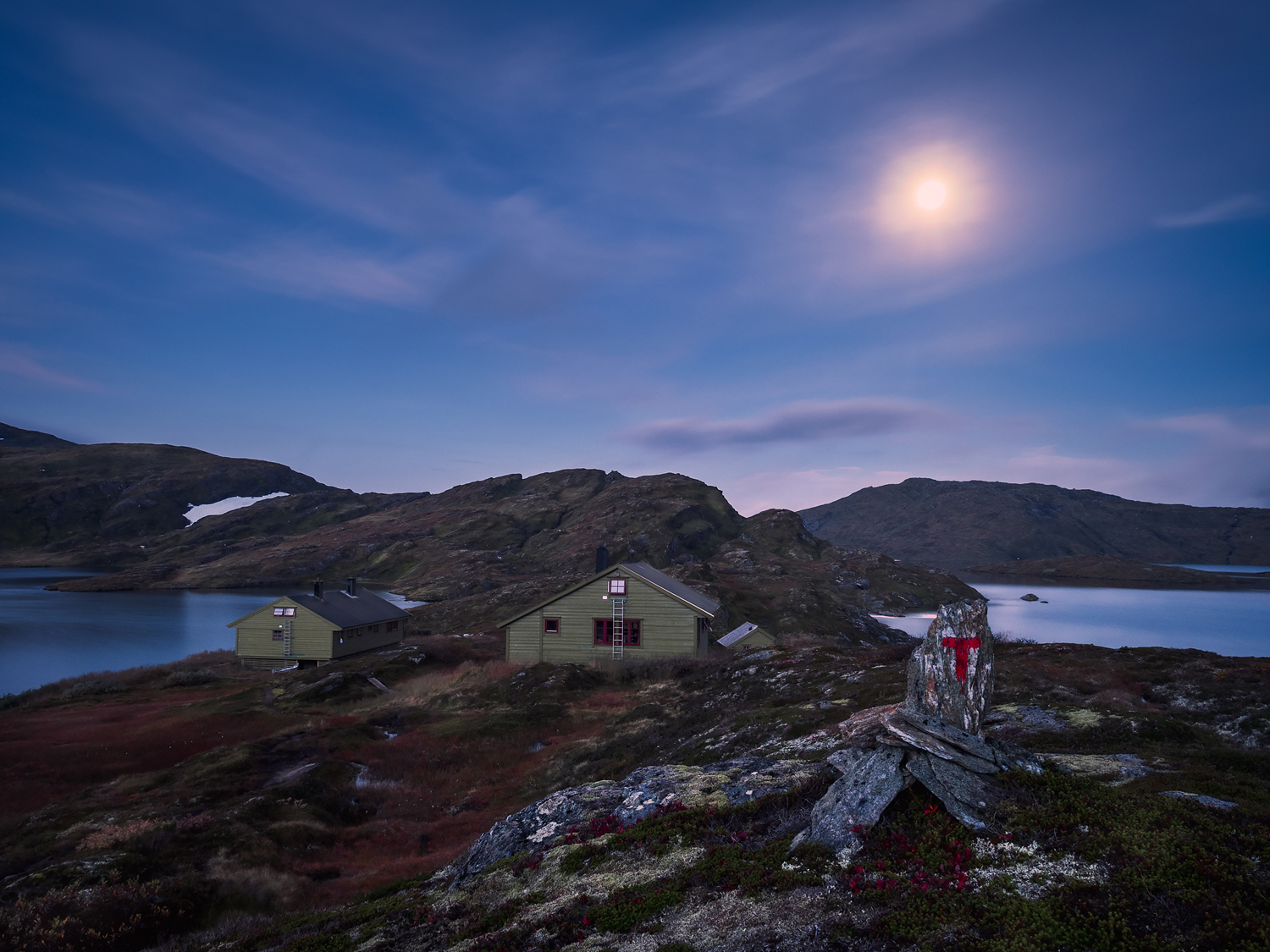
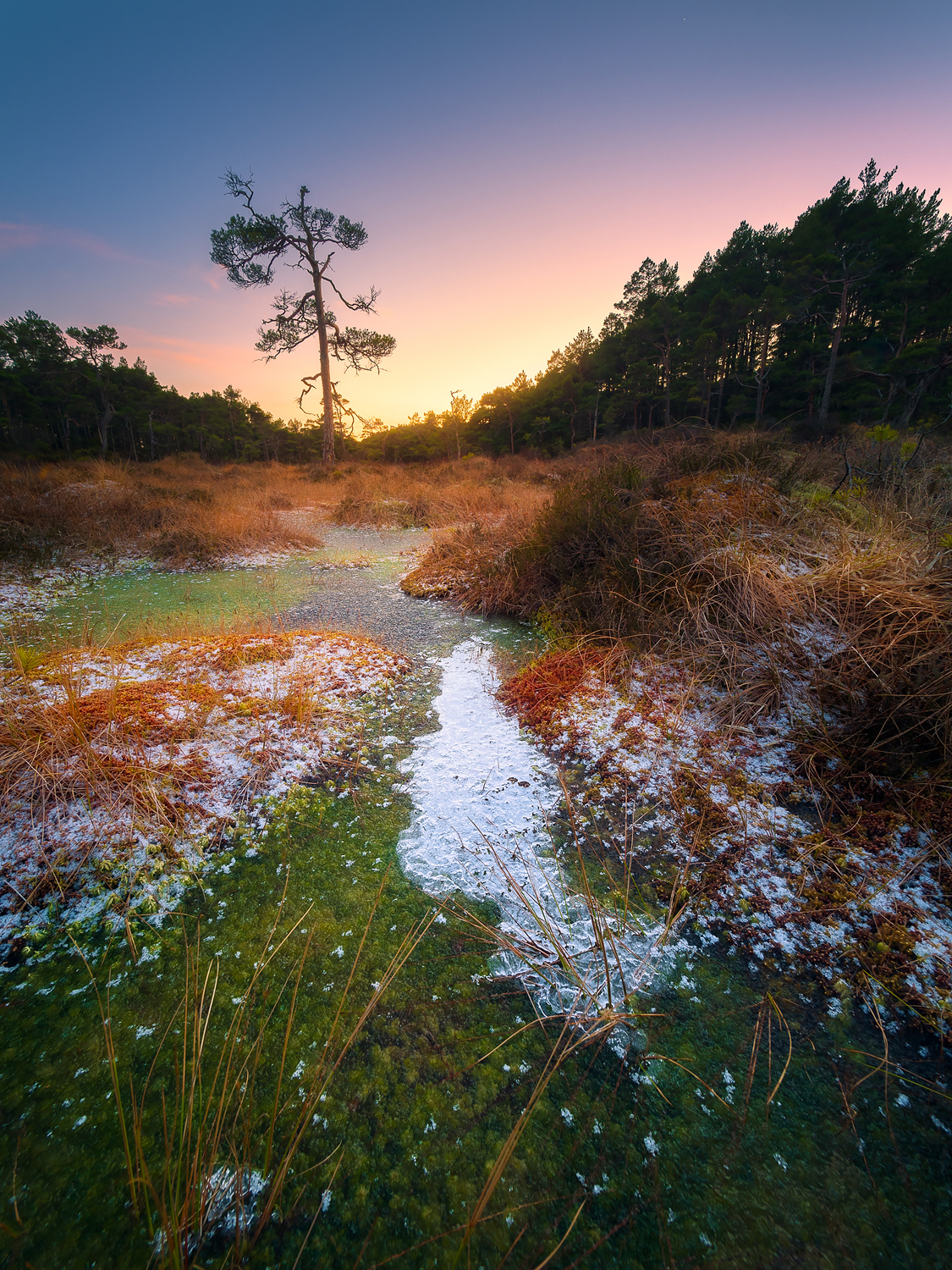
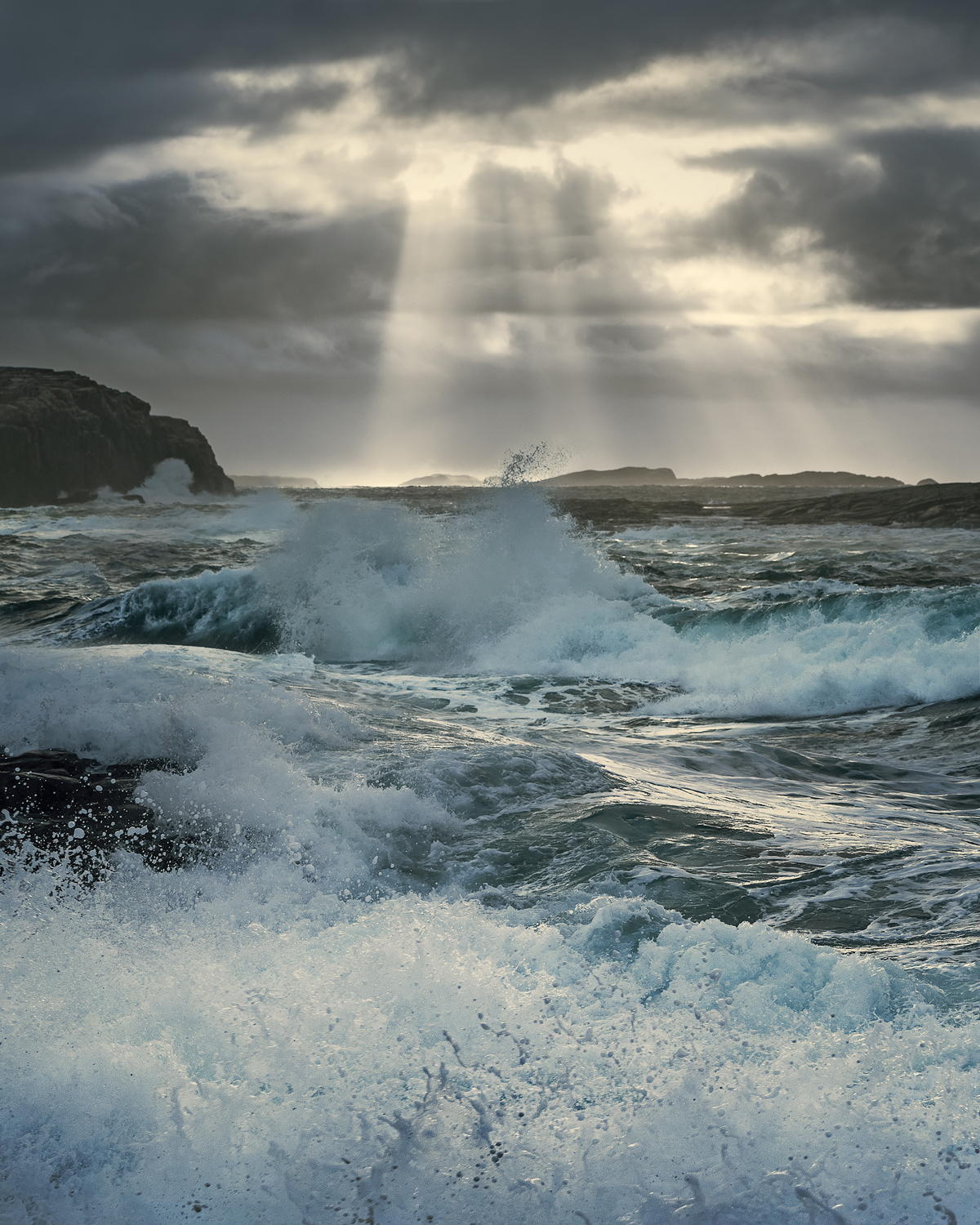

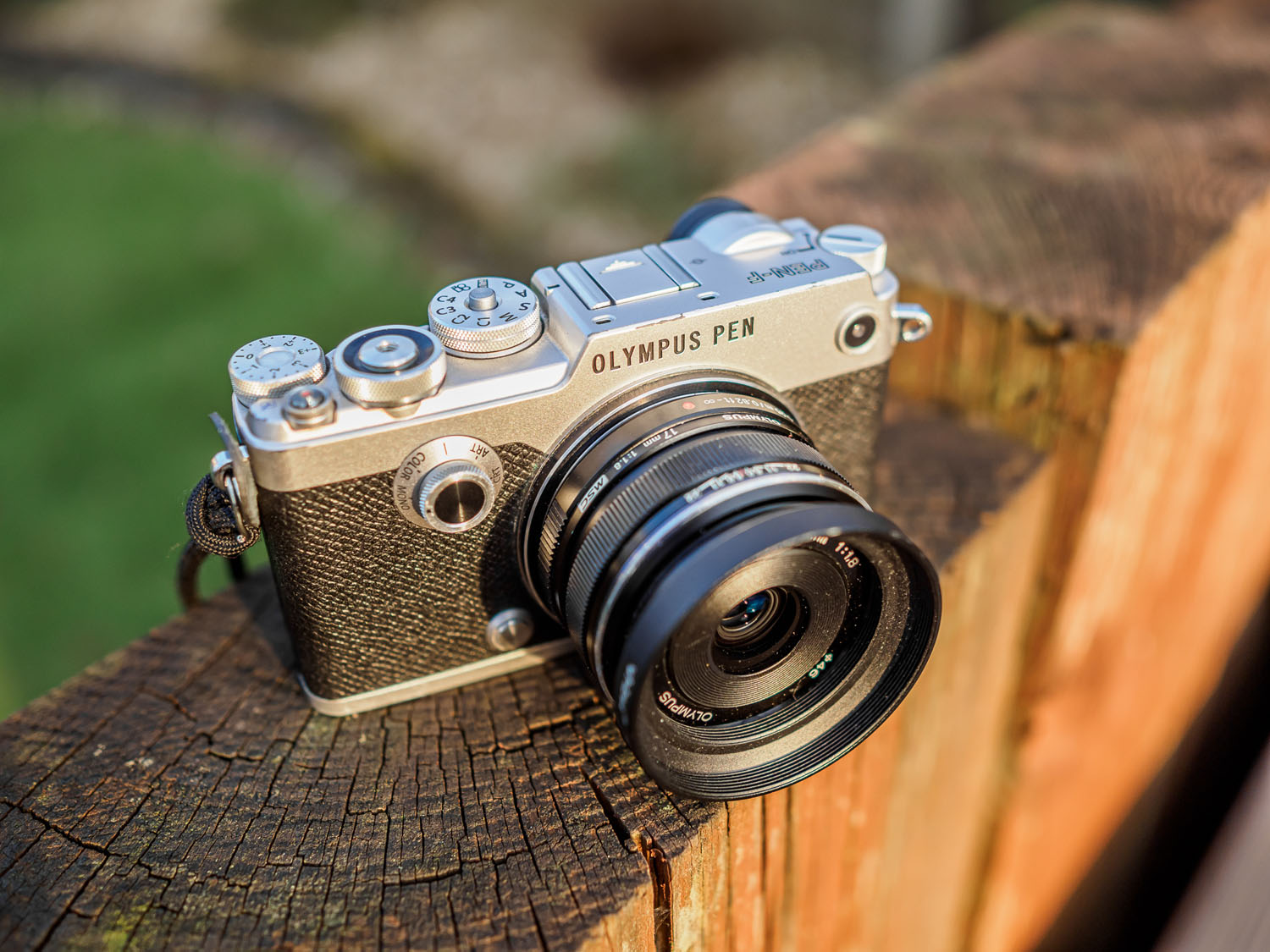


Bob Jenkin
March 25, 2023 @ 19:18
Great article and superb supporting images.